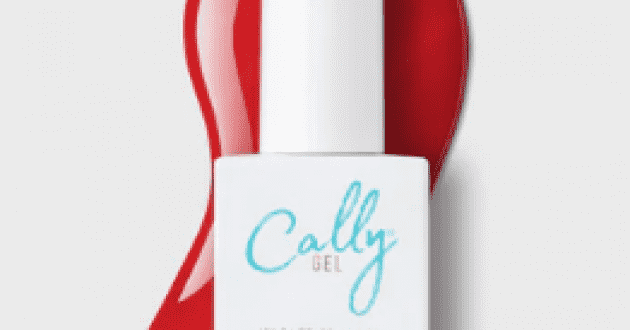Microsoft Stuns by Releasing New Tablet, Laptop, Smartphone
Microsoft releases its first windows computer, the surface book
Microsoft CEO Satya Nadella introduced the world to new Windows hardware. Unveil new models of its “Lumia” line of smartphones, “Band” wearable fitness bracelet, Surface tablet computer, and also a new laptop, a version of Surface called the “Surface Book,” Microsoft hopes to "to create and reinvent categories”, according to sources connected.
Microsoft showed an improved tablet (Surface Pro 4), a new laptop (Surface Book), and a pair of flagship phones (Lumia 950 and 950XL). Every new device and every announcement by Microsoft connect Windows 10 with hardware designed to give the devices new potential.
Microsoft entered the wearable market with the “Band. The new curved-display Microsoft Band offers a blend of wrist-based sensors with the cloud-based technology of the Microsoft Health app, creating potential, personalized “big data” insights.
The Surface Pro 4 may be compared to the Surface Pro 3, but technological advancements allowed Microsoft to make it even thinner, lighter, and more powerful. Windows Hello facial recognition is built into the camera. The web searches Cortana surfaces in the new Edge browser can be marked up with the Surface pen.
The Surface Book shows what’s possible when pairing thoughtful laptop design with Windows 10’s capabilities. Beyond the Surface Pen and Windows Hello support, the Surface Book reveals that you can have powerful laptop performance in a thin-and-light design and still detach the screen to have a fully functional Windows tablet experience. The 13.5-inch notebook-and-tablet combo has “high-end innovative features such as a unique and distinctive hinge,” and with a starting price of $1,499, the Surface Book appears to be priced at a reasonable level.
The new Lumia 950 and 950 XL, meanwhile, show what can happen when you marry powerful new mobile hardware with Windows 10’s killer Continuum feature. It allows the use of a phone as a fully-featured Windows 10 PC when it’s docked to an external display. The native Windows Hello facial unlocking is a step ahead of the “slide unlock” introduced by Apple.
Microsoft also unveiled an experimental game called Project XRay, showing spatially-aware augmented reality that reacts to real-world environments. Their announcement of the HoloLens developers kit, which Microsoft said would be available in the first quarter of 2016 for $3000, and the visual effects, stunned everyone.
“We’re bringing an innovative experience not possible on any other device or platform,” he said. The spatial awareness and spatial sound allowed for a more deeply real feel to the game. “Each room is unique, each game is customized to you,” Microsoft said.
The software development company’s audacious vision for Windows devices that seamlessly blend hardware with software in a unified, holistic experience is finally bearing fruit.


